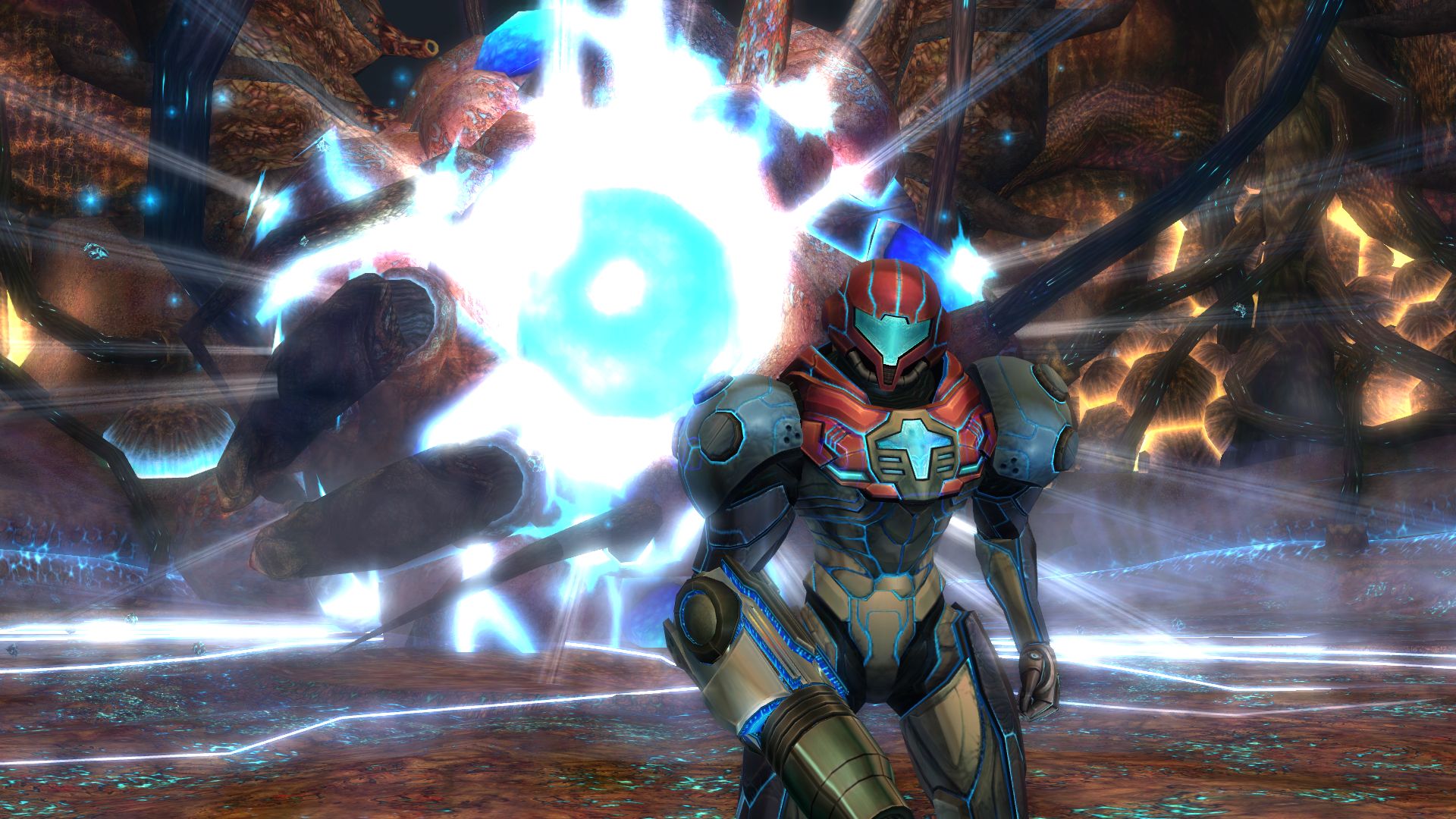

Metroid prime dolphin download#
Those interested can download this HD Texture Pack for Metroid Prime from here. Do note that this pack is for the GameCube version (GameID GM8E01) and not for Metroid Prime Trilogy. Here is also a guide for installing this Texture Pack.ġ.) Verify that the main texture pack folder is named to the proper Game ID or the first 3 letters.Ģ.) Place the texture pack into the global Dolphin directory:Ĭ:\Users\UserName\Documents\Dolphin Emulator\Load\TexturesĤ.) Enter Graphics > Advanced tab > Check Load Custom Textures. Prefetch Custom Textures – Caches textures in RAM when game is loaded.

Found on Graphics\Advanced tab.For the past five years, there have been discussions, predictions, and rumors of the Wii-era Metroid Prime Trilogy release to see a Nintendo Switch port.
Metroid prime dolphin free#
In fact, a lot of people have simply come to expect it-after all, why wouldn't they just port it? It seems like free money for Nintendo. However, there's a big point of discussion that seems to get overlooked: Metroid Prime 3. On the surface, it seems like Prime 3 would be a ripe candidate for an updated control scheme. While it originally had Wiimote-only controls, Prime 1 and 2 utilized a standardized control method, and so why couldn't Nintendo simply retro-fit said controls to Prime 3? Or just use motion controls. The big tl dr is that Prime 3's core gameplay and enemies/bosses are designed explicitly for IR pointer controls, which the Switch does not emulate well for all use cases.

#Dolphin metroid prime 3 freeįor those who already understand the IR technology of the Wii in-depth, feel free to skip the paragraph.
Metroid prime dolphin tv#
The Wii's pointer controls rely on a static IR sensor bar placed above or below a TV screen. It's similar to oldschool light gun technology, where there is always a static position on the screen that your controller (or gun) recognizes, and this doesn't change. This means that you have the ability to build up muscle memory in aiming in a specific position, and you'll always have the same results. Simply put, aim Wiimote at screen, pointer will always end up where you expect. This is in direct contrast to the Switch, which has no IR sensor (note: the little IR sensor on the back of the right Joy Con can not achieve the same results as a Wiimote). Instead, for pointer-style control, the Switch only has a few options. The first and most prevalently used is gyro pointer emulation. The first use of this was actually in a launch title for Switch called World of Goo, which was originally a Wii game. Using the Joy Con, you can simulate pointer controls i.e., aim the controller left, the pointer icon moves left. The problem with this is that there is no fixed position that will consistently put your pointer where you want it to be based on the position of the Joy Con. Because the gyro emulation is relative, it requires frequent recalibration in order to maintain accuracy. The second main emulation of pointer controls is binding the movement of the pointer to an analog stick. Move the analog stick left, the pointer goes left. You get it.Įventually, first-party Nintendo titles started adopting both of these methods of gyro/analog stick pointer emulation, most notably in Super Mario Galaxy in the 3D All-Stars Collection (for gyro aiming), and in the Nvidia Shield Chinese release of Galaxy (with analog stick aiming). So if Nintendo can successfully implement it there, what's stopping them from using the same control methods for Prime 3? Let's explore Galaxy's implementation first. It's important to note, first and foremost, that Super Mario Galaxy's pointer controls are either largely superfluous, or utilized when Mario's standard 3D movement is disabled.


 0 kommentar(er)
0 kommentar(er)
